Assignment 01
Collection: Documentation
*UPDATE* We will conduct todays session virtually. Please prepare a PDF of your work to screen share. We will discuss your collection organization and next steps starting at 12:10pm. Spread the word and make sure your classmates are aware of the change. Zoom Link.
Today we will discuss your collection and documentation methods in detail. Choose which method is working best. Using this one method document 20 different specimens by next week, and 50 by Week 6.
Your next task is to organize your collection. Your method of organization should not be arbitrary. Make rational decisions based on the visual characteristics you’ve uncovered through documentation and observation. You have the option to:
• Sort your images into a minimum of 3, or a maximum of 6 related categories.
• Alternatively, you can also organize your collection along one continuous spectrum (e.g. from dark to light, small to large, organic to geometric, plain to ornate, a color spectrum, etc.)
• Or in the form of a narrative
Along with organizing you must also name your categories. Your name gives you an opportunity to further define how your collection will be viewed. For example, ’S-M-L-XL’ for a collection organized by scale.
For each category, print the images that fall into that category on one letter-sized sheet of paper. So if your collection includes 4 categories you should have 4 letter-sized printed sheets. (If you want your images to be larger you’re welcome to print 2 pages per category). Print your images in color or B&W according to your method of documentation, and label each sheet with your proposed naming scheme.

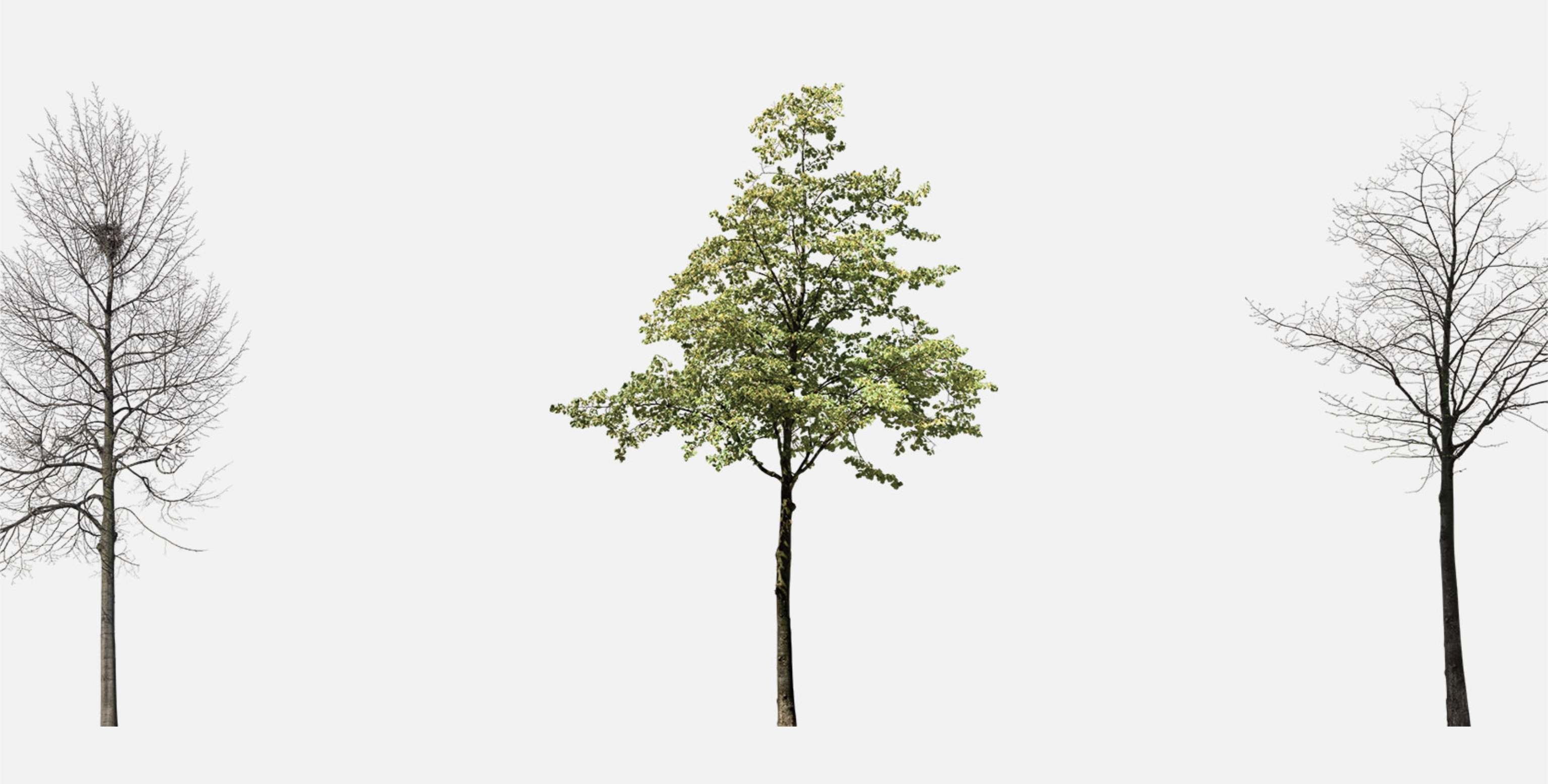
Background
Neubau Forst Catalogue is the 432-page print catalogue of a digital collection of tree silhouettes and sculptures seen at different seasons. Working by hand, the Neubau designers digitally removed the trees from their original Berlin surroundings and thereby crafted a body of visual material whose scope, outstanding quality of detail and excellent image resolution sets it clearly apart from conventional tree libraries compiled with autotracing tools. The trees, which were systematically photographed in summer and winter over several years, assume a timeless validity through Neubau’s process of selection and are thus universally applicable for future visualizations.
The Berlin trees were selected according to a special matrix. The letters of the name of the design studio, N | e | u | b | a | u, were laid over a map of Berlin. The trees that were located at the structural anchor points of the letters were marked to appear in the Neubau Forst Catalogue. Over a period of time, from 2009 to 2014, these trees were systematically photographed, documented, and catalogued in the summer and winter seasons.
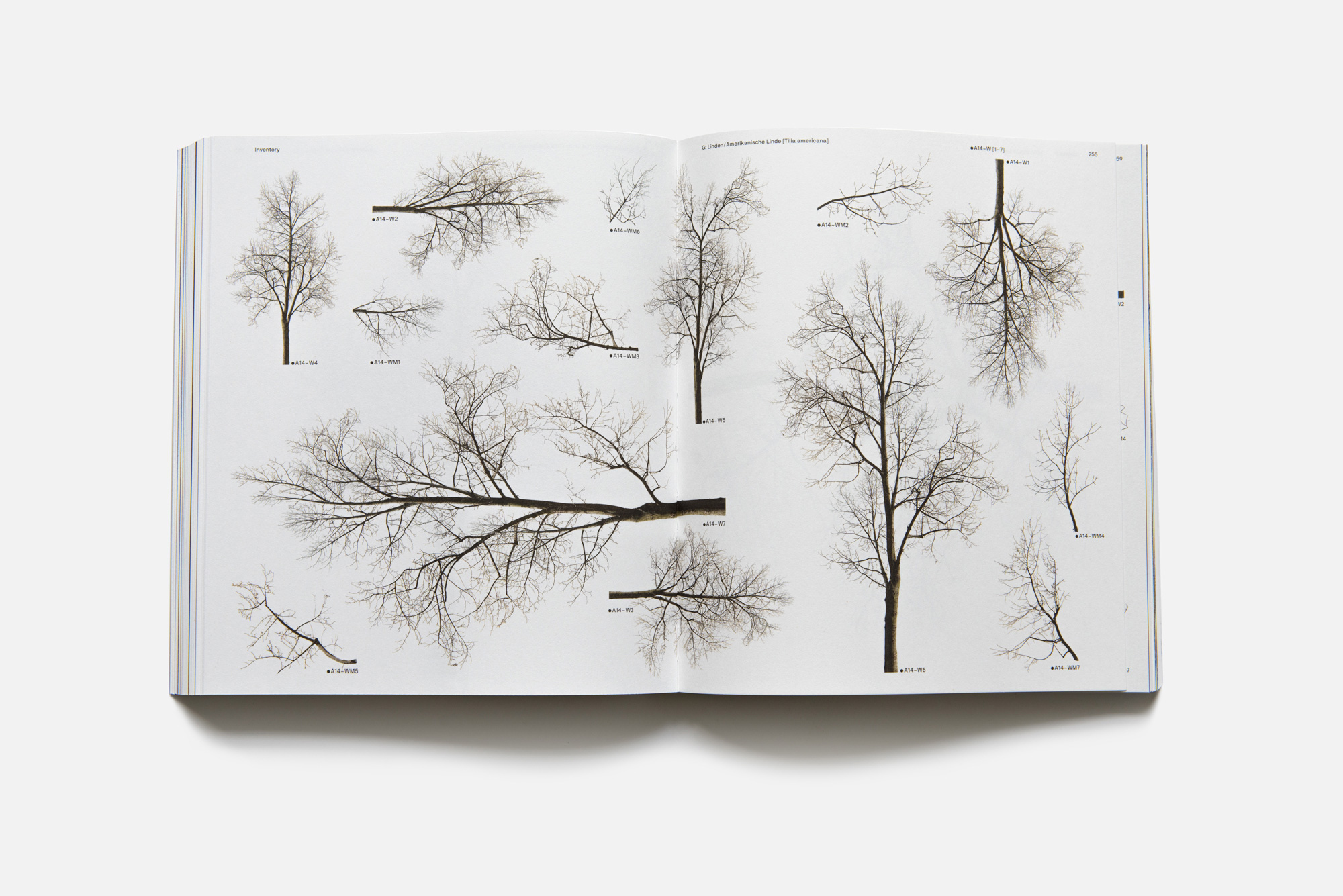
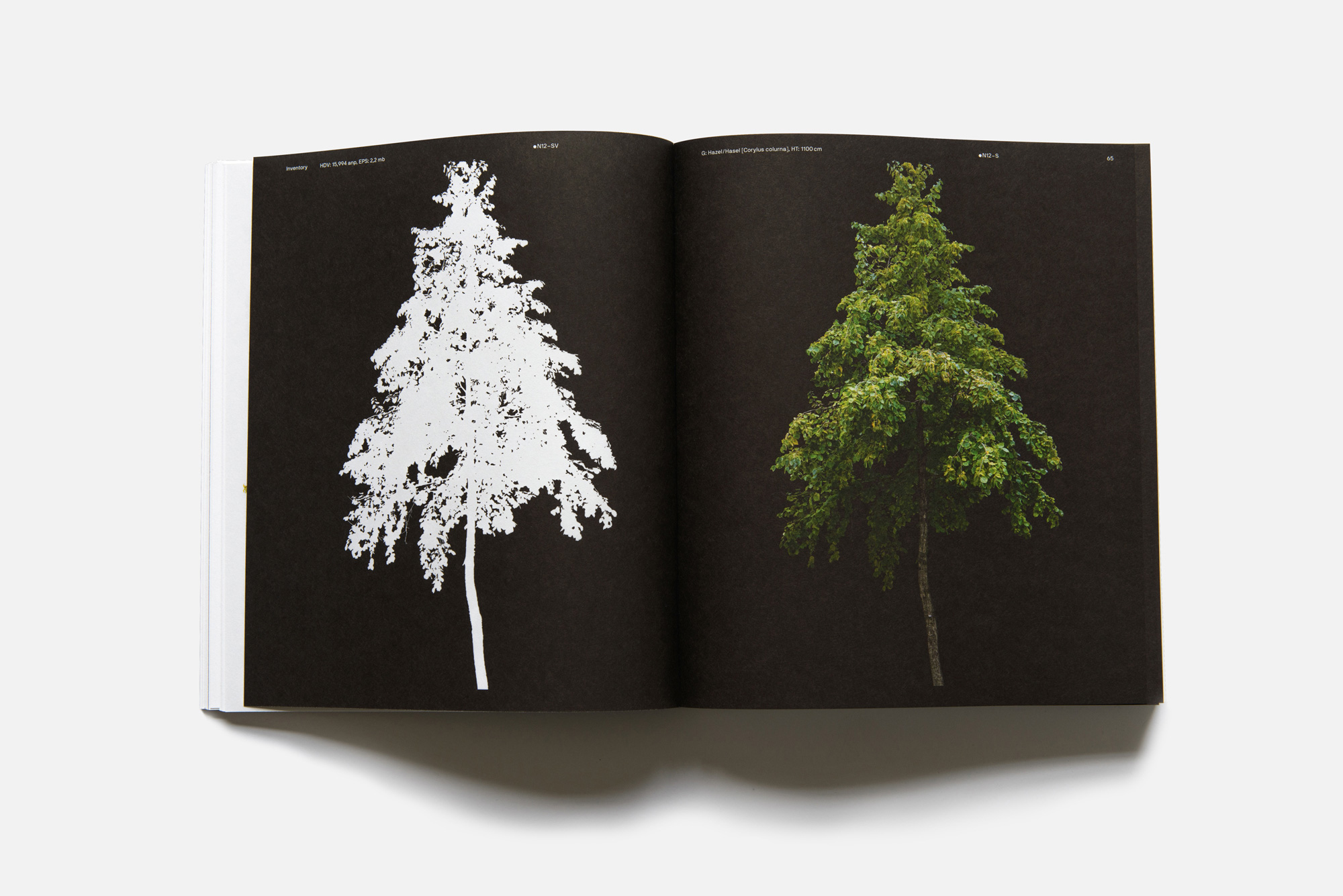
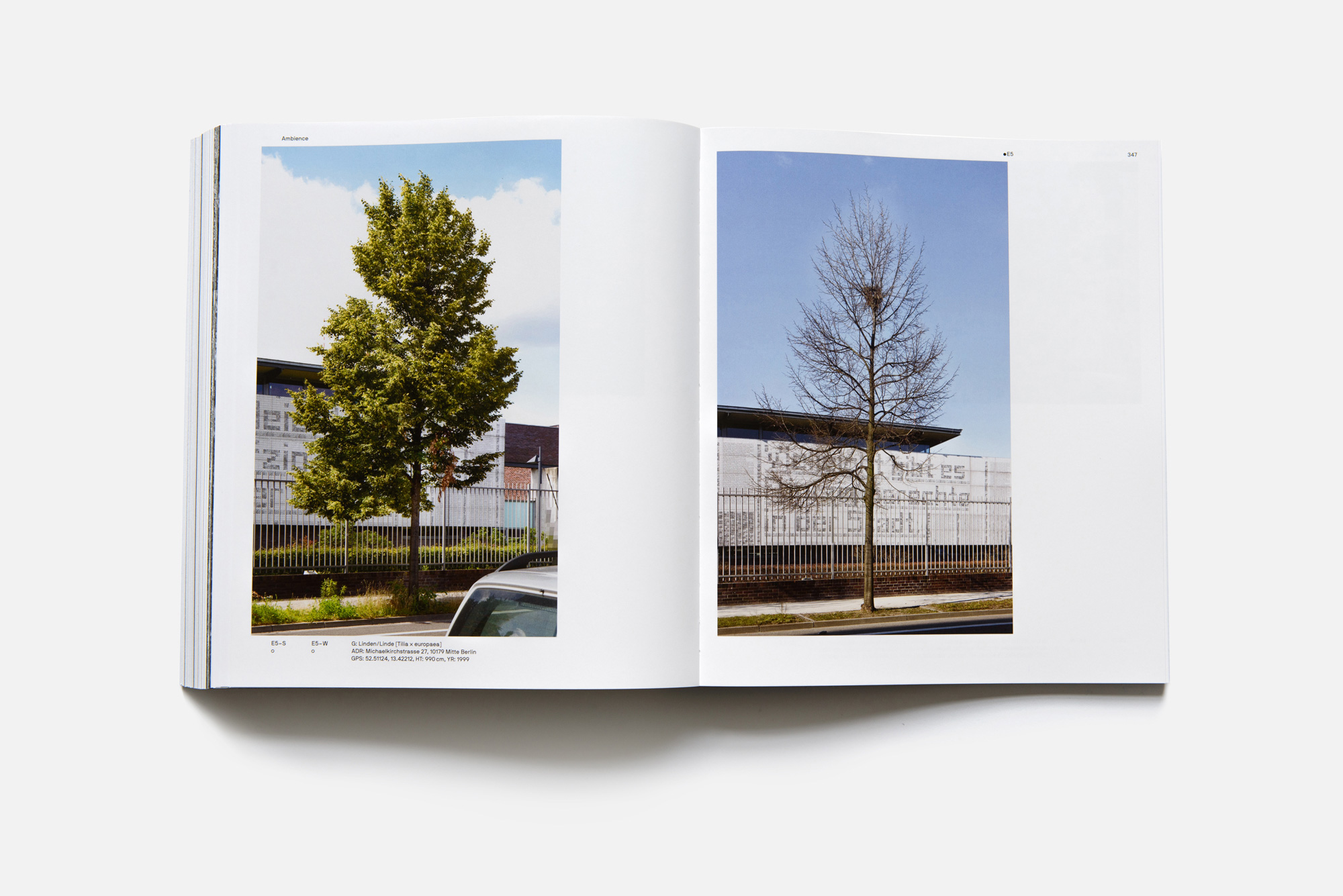
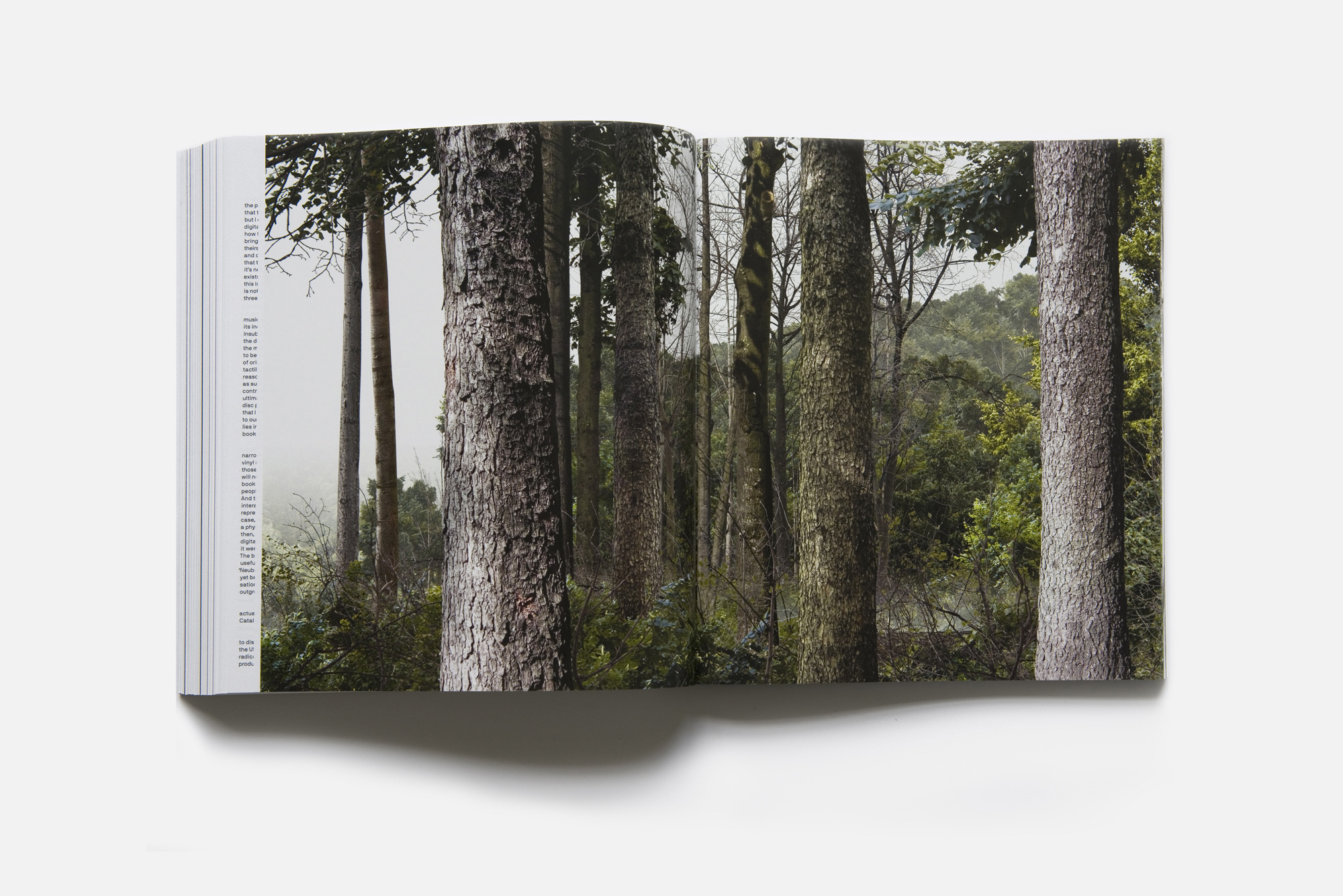
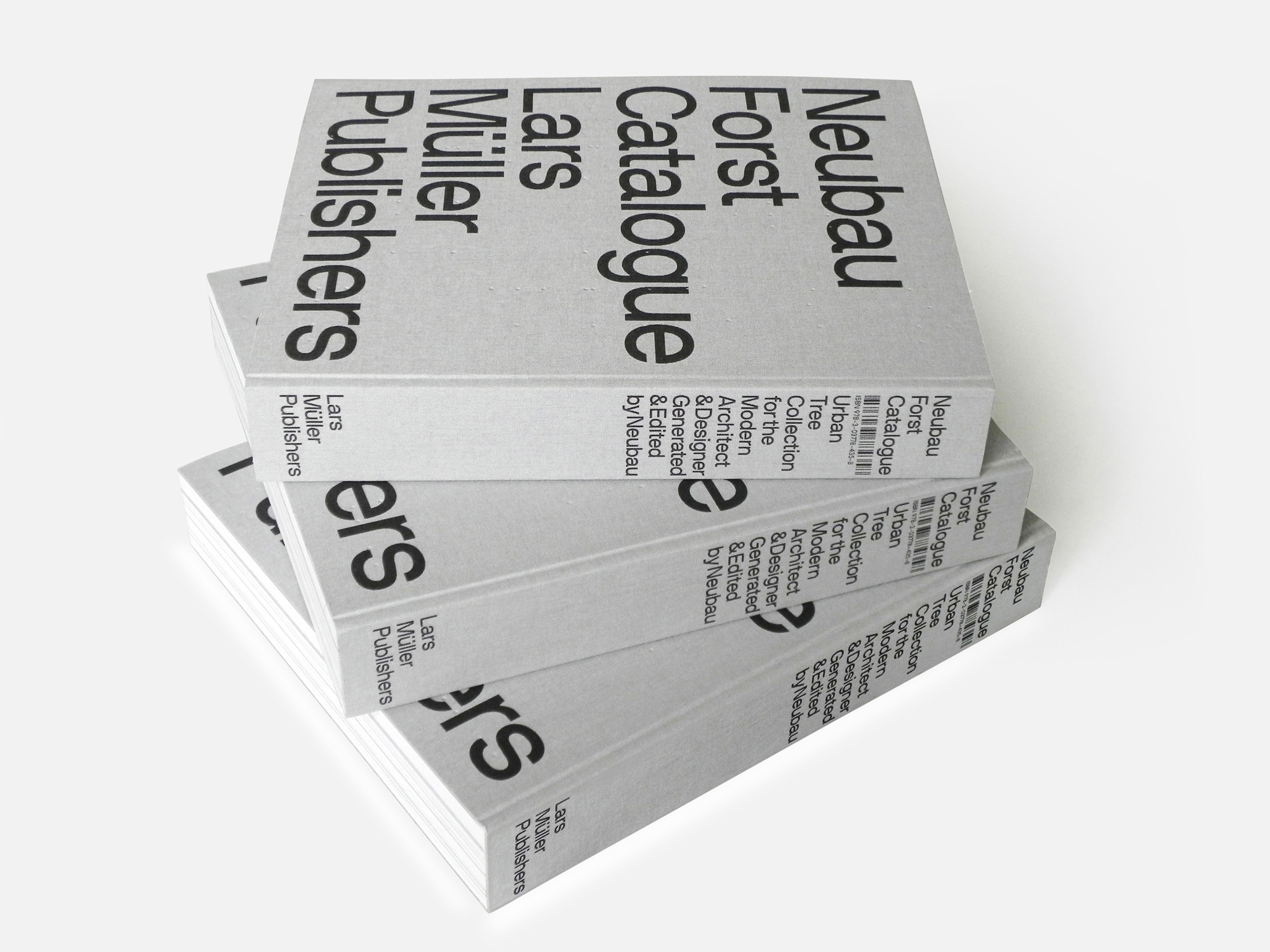

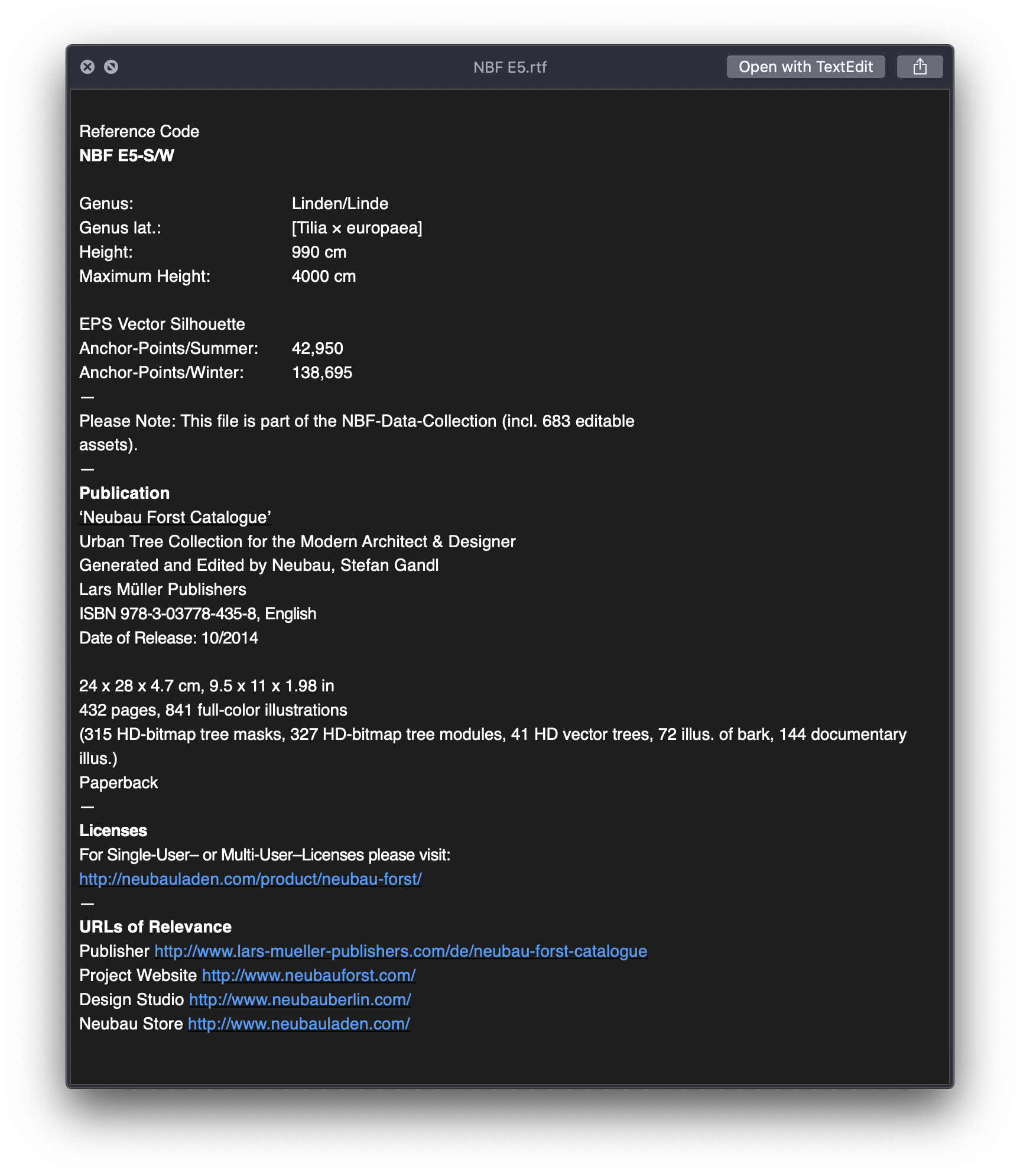 This has been adapted from an assignment given by Julien Bittner at Yale University. Thank you.
This has been adapted from an assignment given by Julien Bittner at Yale University. Thank you.